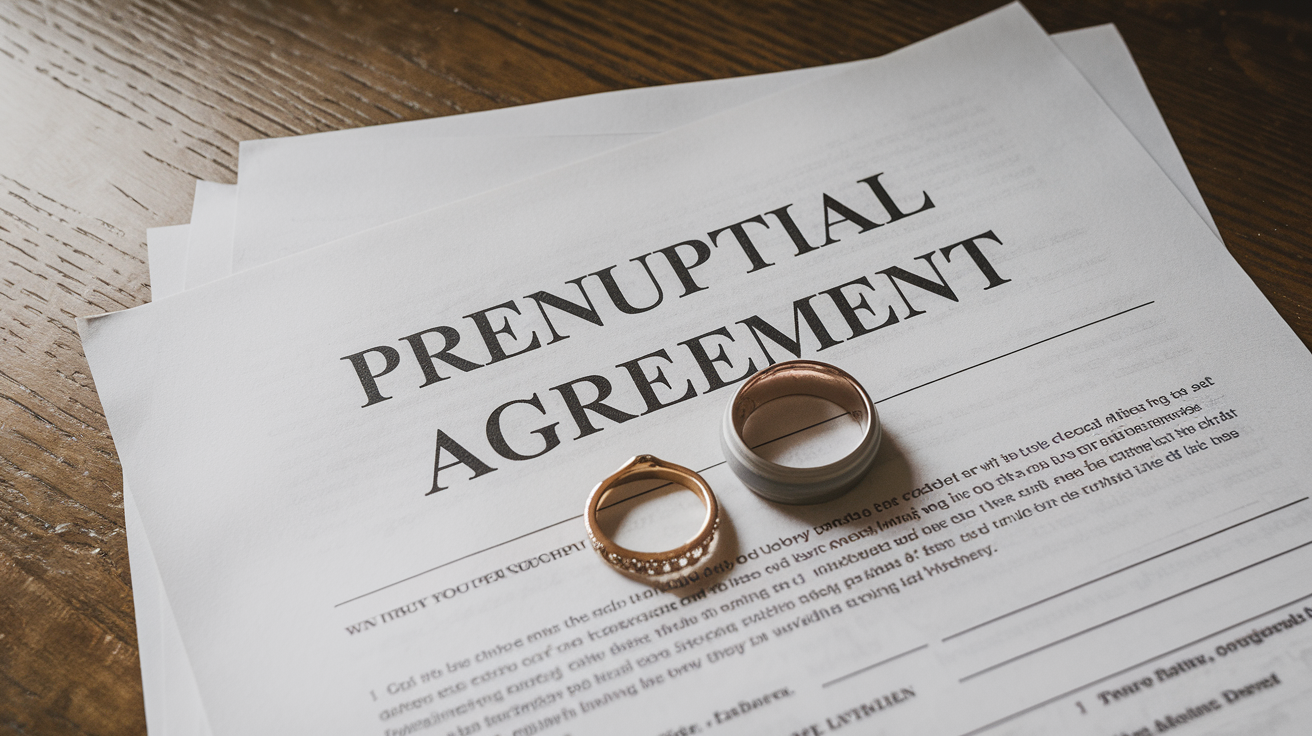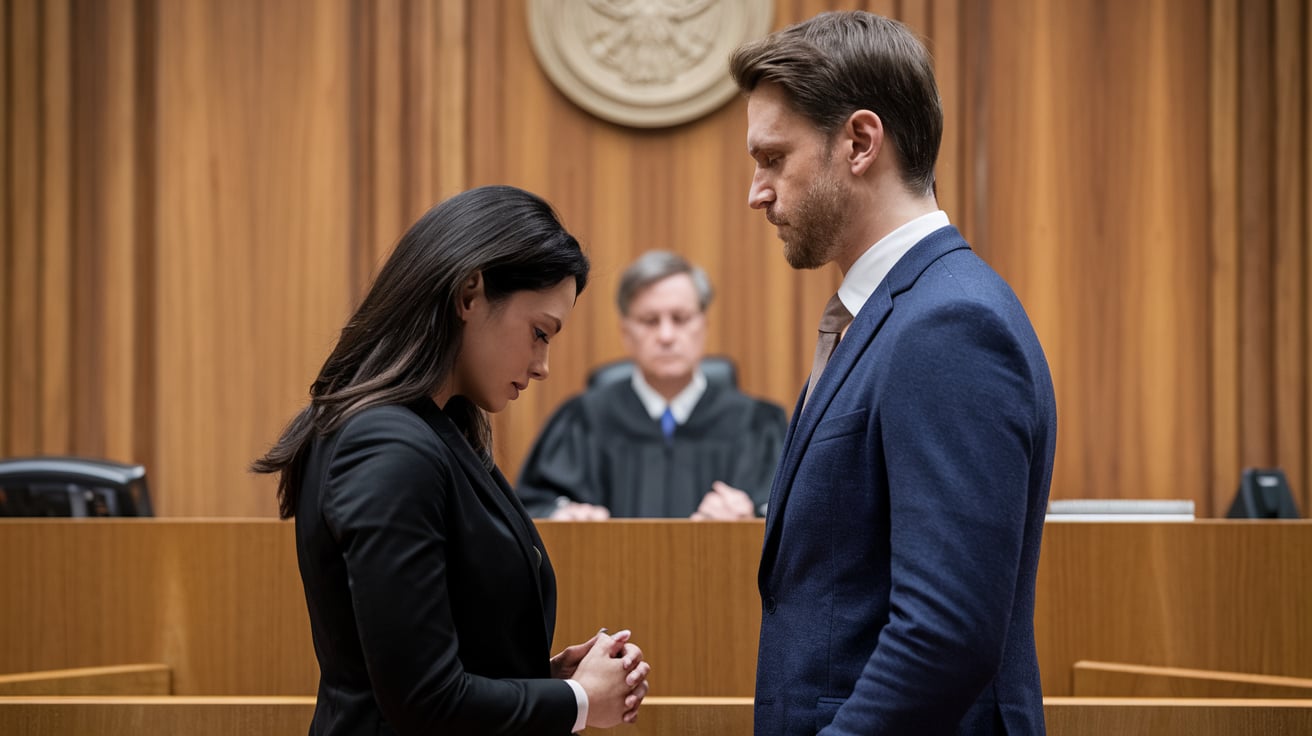Healing from a relationship with someone who has Borderline Personality Disorder (BPD) takes time and understanding. The sudden mood shifts, intense emotions, and complex behaviors can leave lasting effects on your mental health.
Many people feel lost, confused, and hurt after these relationships end. Getting better means learning to process your feelings and rebuild your sense of self.
The good news? You can work through this difficult time with the right steps and support. You can find your way back to feeling whole again.
This blog will show you proven ways to heal from BPD relationship trauma. You will learn how to set healthy boundaries, process complex emotions, and restore your mental well-being.
Understanding Borderline Personality Disorder
Borderline Personality Disorder (BPD) affects how a person feels about themselves and others. People with BPD often show strong emotional responses and have a hard time keeping stable relationships.
The main signs of BPD include:
1. Quick changes in feelings about others
2. Strong fears about being left alone
3. Unclear or shifting self-image
4. Short but intense emotional reactions
5. Problems controlling anger
6. Strong mood swings that last a few hours
People with BPD often care deeply about relationships. However, their intense feelings can make it hard for them to keep these bonds steady. They might switch between wanting to be very close to someone and pushing them away.
When dating someone with BPD, you might notice a few things like:
- React strongly to small changes in plans
- Get very upset if they think you’re moving away from them
- Change their views about you often
- Have trouble seeing the middle ground in situations
- Need lots of support to feel secure
This pattern can affect partners in many ways. Partners often feel confused and unsure about what to expect next.
Understanding these traits helps explain why healing takes time after the relationship ends. It’s normal to need space and support to process these experiences.
How BPD Affects Relationship

A relationship with someone who has BPD often switches between extreme closeness and distance. One day might bring a deep connection, while the next could bring strong conflicts over small things.
These shifts can leave you feeling uncertain and confused. The fear of being alone often leads people with BPD to test relationships.
Your partner might pull you close one moment, then push you away the next. This pattern can make you doubt your own feelings and choices. Over time, you might find yourself being extra careful to avoid triggering emotional responses.
Trust becomes tricky in these relationships. Small changes in your routine might be seen as signs of rejection. A late reply to a text or a change in plans could cause big emotional reactions.
Many people find themselves giving up their own needs to keep peace, which can lead to stress and emotional tiredness.
Many people in relationships with BPD partners start losing their sense of normal. What feels right one day might cause problems the next.
This uncertainty often leads to stress, anxiety, and emotional fatigue. You might find yourself giving up your own needs to keep peace in the relationship.
Recognizing the Signs of Trauma After a BPD Relationship
Many people need time to heal after a BPD relationship ends. The effects can show up in different ways. Let’s look at common signs that suggest you might be dealing with relationship trauma.
1. Constant Self-Doubt: You might question your choices more than before. Simple decisions become hard because you’re afraid of making mistakes. You may often wonder if your feelings or reactions are right.
2. Trust Issues: Meeting new people feels harder than it used to. You might worry about getting close to others. Past experiences make you question everyone’s motives. You may find it hard to believe what others say or do.
3. Emotional Numbness: Some people feel disconnected from their emotions after a BPD relationship. You might have trouble feeling happy or sad about things. This numbness can affect how you connect with others.
4. Heightened Anxiety: Small problems might now feel like big ones. You may worry more about what others think of you. Regular social situations might make you nervous. Your mind might often jump to the worst possible outcomes.
5. Changes in Social Behavior: You might spend less time with friends and family than before. Group settings may feel overwhelming. You could prefer being alone to avoid dealing with people. Your comfort zone might become much smaller.
6. Physical Symptoms: Stress from the relationship might show up in your body. You may have trouble sleeping or eating well. Headaches or stomach problems might become more common. Your body holds onto stress in different ways.
7. Memory and Focus Problems: You might have trouble remembering things from the relationship. Focus at work or school may not be as sharp as before. Your mind might feel foggy or scattered. Daily tasks might take more effort than they used to.
These signs don’t last forever but show you need time to heal. Understanding these effects helps explain why recovery takes patience. Remember, noticing these signs is the first step toward getting better.
The Power of Setting Boundaries

Setting boundaries after a BPD relationship helps you heal and protect your well-being. Many people find it hard to create limits after giving so much in their past relationships.
These steps will help you build strong, healthy boundaries at your own pace. Let’s look at practical ways to start this important part of your healing.
- Start Small: Start with basic limits that feel comfortable. Say no to extra tasks when you need rest. Build your confidence with these simple steps.
- Listen to Your Feelings: Notice when something makes you uncomfortable. Your feelings work like an alert system. They tell you when someone crosses your limits.
- Use Clear Words: Say what you need in simple terms. “I need space right now” works better than hints. Plain words help others understand your limits.
- Stay Steady: Keep your boundaries the same each time. When you stay firm, others learn to respect your limits. Don’t change your rules to please others.
- Make Time for Yourself: Set aside a quiet time just for you. Turn off your phone if you need to. Create a space where you can relax and think clearly.
- Choose Safe People: Spend time with people who respect your words. Good friends won’t push when you say no. Their support helps you grow stronger.
- Don’t Explain Too Much: You don’t need long reasons for your choices. A simple “This doesn’t work for me” is enough. Save your energy for your healing.
- Accept Some Pushback: Some people might not like your new limits. That’s okay. Their reaction shows why you need boundaries. Stay strong with your choices.
- Reward Your Progress: Notice when you hold your ground. Feel good about protecting your peace. Each small win helps build your strength.
Building boundaries takes practice and patience. Each time you set a limit, you help yourself heal and grow stronger.
Remember that you have the right to protect your peace and choose what feels right for you. Start with small steps, and watch how these boundaries make your life better day by day.
Healing from Trauma

Healing from trauma takes steady steps and patience. Your mind needs time to process what happened, just like your body needs time to heal from physical wounds.
Getting better happens bit by bit, not all at once. Support matters a lot in healing. Talk to friends who listen without judgment. Consider working with a mental health expert who knows about relationship trauma.
They can give you tools to handle tough moments and help you understand your feelings better. Take care of your basic needs first. Get enough sleep, eat regular meals, and move your body in ways that feel good.
These simple acts help your brain and body recover. Write down your thoughts when they feel too big to handle.
Make room for different feelings as they come.
Some days you might feel angry, others sad. Let these feelings come without fighting them. Each emotion has something to teach you about your healing.
Learn to spot your stress signs early. Notice what makes you feel unsafe or worried. Build a list of things that help you feel calm. This might include taking walks, deep breathing, or quiet time with music.
Focus on today instead of rushing to feel better. Small steps add up to big changes over time. Trust that each day of taking care of yourself brings you closer to feeling whole again.
Conclusion
Getting better after a BPD relationship takes time, but you have the power to heal. Each step you take to understand your experience, set healthy limits, and care for yourself matters.
Your feelings make sense, and your need for healing is real. What you learned from this experience can help you build stronger, healthier bonds in the future.
You now know more about setting limits and trusting your feelings. These skills will serve you well in all your relationships.
Ready to take the next step? Start with one small change today. Maybe it’s writing in a journal or talking to a friend. Remember, there’s no rush to heal. Take things at your own pace, and be gentle with yourself along the way.
Frequently Asked Questions
Can You Be Trauma Bonded to Someone with BPD?
Yes, trauma bonds often form in BPD relationships. The mix of intense love and stress creates strong emotional ties that make it hard to leave, even when the relationship hurts you.
Why Do People with BPD Trauma Dump?
People with BPD share intense emotions quickly because they feel things strongly. They might share personal stories to feel close to others or to process their feelings.
Do People with BPD Know They Hurt You?
People with BPD can notice when they hurt others. But their strong emotions sometimes make it hard for them to control their actions in the moment or understand the full impact.
What Does a BPD Breakup Looks Like?
A BPD breakup often involves intense emotional turmoil, fear of abandonment, and erratic behavior, with the person initiating the breakup to seek validation or control.
Who are BPD Attracted to?
People with BPD often connect with those who seem stable and caring. They might look for partners who offer strong support and seem unlikely to leave them.








